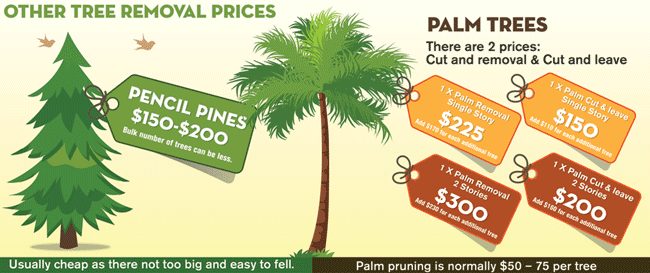Post-Tree Elimination Treatment: Reliable Methods For Landscape Reconstruction
Post-Tree Elimination Treatment: Reliable Methods For Landscape Reconstruction
Blog Article
Written By-Powell Massey
After a tree's elimination, your landscape may look quite different, and it's necessary to examine the after-effects meticulously. You'll want to evaluate the soil disruption and inspect bordering plants for any indicators of tension. Disregarding these factors can bring about larger issues down the line. So, what should you finish with those stumps and origins? And exactly how do you choose the most effective plants for your revitalized room? Let's check out these crucial steps.
Analyzing the Consequences: Evaluating Your Landscape
After a tree elimination, it's critical to analyze your landscape to recognize the impact it carries your backyard.
Start by examining the location where the tree stood. Look for indicators of dirt disturbance, and check the bordering plants for any stress and anxiety or damages.
You ought to additionally keep in mind of exactly how the elimination has changed sunshine direct exposure and air flow in your garden. This change can influence the development of nearby plants, so it's vital to review their wellness.
Consider the aesthetic aspects as well; the removal might develop an open space that you can revamp.
Finally, think of any type of possible erosion concerns that might develop from the tree's absence. Resolving these factors early will assist restore equilibrium to your landscape.
Taking care of Stumps and Roots: Alternatives for Removal
Once you have actually analyzed the aftermath of the tree elimination, you'll likely need to deal with the stump and roots left behind.
You have a few choices for elimination. One efficient approach is stump grinding, where a specialist uses a maker to grind the stump down to underground degree. This method leaves very little interruption to your landscape.
If you prefer a do it yourself approach, you can use a mix of excavating and chemical stump cleaners. Simply bear in https://precisiontimberfelling.wordpress.com , this procedure can take time and initiative.
Conversely, consider leaving the stump as a natural attribute, which can function as an unique yard aspect or habitat for wild animals.
Whatever you choose, dealing with the stump and roots is necessary for restoring your landscape.
Selecting the Right Plants for Your New Area
As you analyze your freshly gotten rid of space, selecting the right plants can significantly boost your landscape's appeal and performance.
Begin by considering the sunshine and dirt problems. For warm areas, select drought-resistant plants like lavender or succulents. In shaded places, ferns and hostas flourish well.
Consider the dimension and development behaviors of your plants; mix perennials and annuals for seasonal variety. Don't forget to incorporate native species; they need less upkeep and support neighborhood wild animals.
https://www.comoxvalleyrecord.com/community/tree-deemed-a-hazard-to-tubers-removed-from-puntledge-river/ in odd numbers for a more all-natural look and develop layers for aesthetic depth.
Lastly, ensure you have a mix of shades and appearances to keep your landscape vibrant throughout the seasons.
Delighted planting!
Conclusion
Finally, recovering your landscape after tree removal is a gratifying procedure. By analyzing the aftermath, addressing stumps and roots, and selecting the right plants, you'll create a flourishing environment. Don't forget to incorporate disintegration control procedures to shield your soil. With a little initiative and treatment, you can transform your space into a lively yard that improves your building. Embrace the opportunity to rejuvenate your landscape and enjoy the appeal of nature right in your yard!
